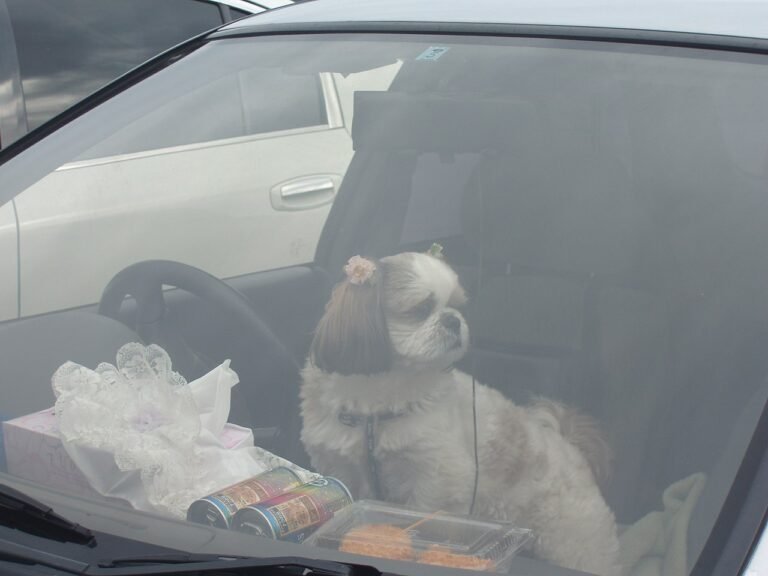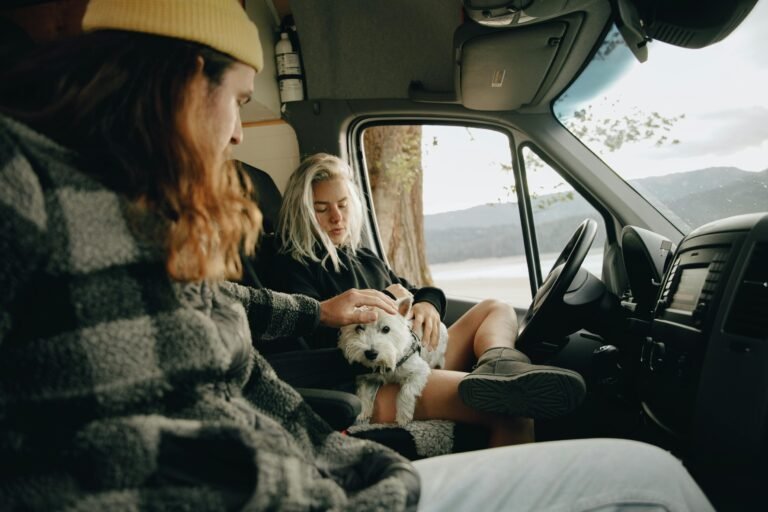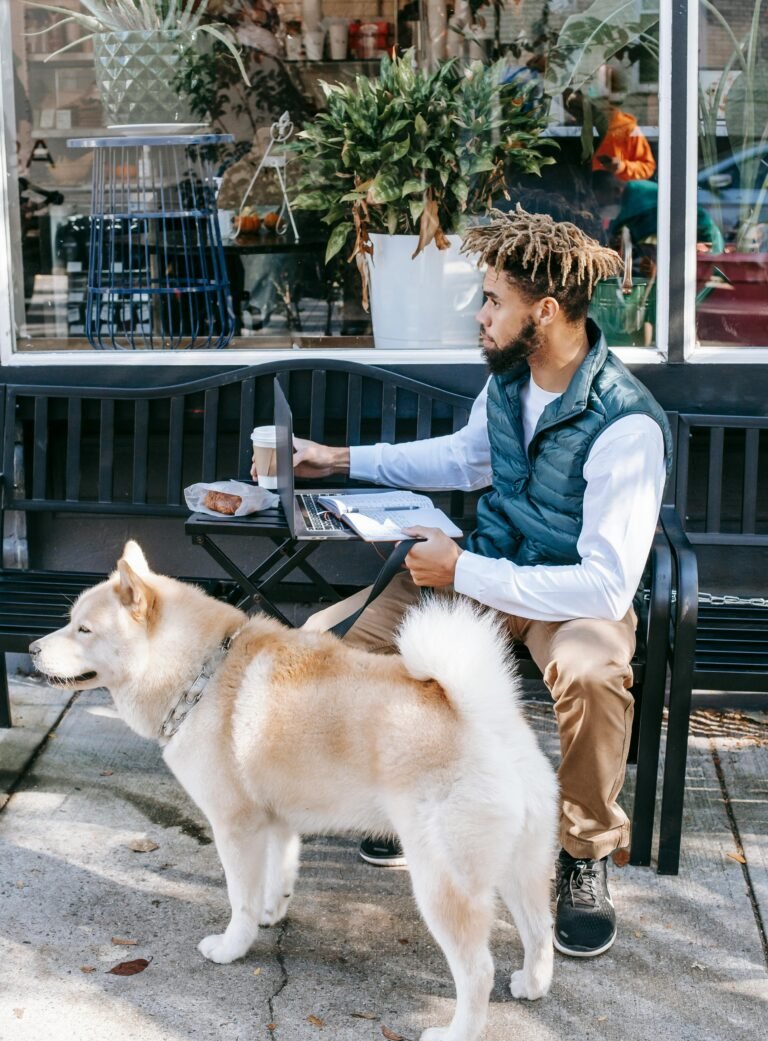Introduction
There’s something timeless and peaceful about train travel—the rhythm of the tracks, the scenic views, and the slower pace compared to flying. For dog owners, trains can offer a more relaxed and comfortable way to explore new destinations together. Whether you’re planning a cross-country journey or a short weekend getaway, traveling by train with your dog can be smooth and stress-free with the right preparation. Here’s everything you need to know to make your rail adventure paw-fect.
Why Choose Train Travel with Your Dog?
Train travel is often less stressful than air travel—for both you and your pup. There’s no long security line, fewer temperature concerns, and more legroom for comfort. Many train systems are increasingly pet-friendly, offering dedicated seating areas, reasonable pet fees, and more relaxed boarding procedures.
- More space and movement: You can stretch, walk around, and keep your dog close by.
- Lower anxiety: No loud jet engines or confined cargo holds.
- Eco-friendly travel: Trains have a smaller carbon footprint compared to planes or cars.
- Scenic adventures: Dogs love gazing out the window almost as much as you do!
Know the Rules Before You Go
Each train company and country has different pet policies, so it’s important to check in advance. Here are some examples of common rules:
- Size limits: Many systems allow small dogs (typically under 20 lbs / 9 kg) in carriers; some allow larger dogs with leashes and muzzles.
- Carrier requirements: Small dogs must stay in a secure, ventilated carrier placed on your lap or at your feet.
- Leash and muzzle: Larger dogs must usually be leashed and sometimes muzzled in shared spaces.
- Tickets or fees: Expect a small additional fare—often 5–20% of a standard ticket price.
- Documentation: For international trips, bring vaccination records, microchip info, and health certificates.
Always double-check the official website of your train provider (Amtrak, Eurostar, Deutsche Bahn, Japan Rail, etc.) for up-to-date policies, as they can vary by route and season.
Preparing for the Journey
1. Choose the Right Train and Route
Opt for shorter legs if your dog is new to train travel. Direct routes minimize transfers and stress. If possible, pick off-peak times when the train is quieter, giving your dog more room and calm surroundings.
2. Pack a Dog Travel Kit
Having essentials on hand keeps your journey comfortable and clean:
- Collapsible water bowl and bottled water
- Travel-sized food portions and treats
- Waste bags and disinfectant wipes
- Travel mat or blanket (familiar scent helps them relax)
- Health certificate and ID tags
- Portable carrier or safety harness
3. Exercise Before Boarding
Let your dog stretch and do their business before entering the station. A tired dog is a calm travel companion. Give them time to sniff around and settle before boarding—this helps reduce excitement or anxiety once on the train.
4. Arrive Early
Arriving 20–30 minutes early allows you to find your seat calmly, introduce your dog to new sounds, and avoid crowds. Dogs mirror your mood—if you’re relaxed, they’ll follow suit.
During the Ride
1. Keep Calm and Stay Consistent
Maintain your dog’s normal routine as much as possible—same feeding schedule, water breaks, and calm voice. Use positive reinforcement and soothing tones. Offer treats when your dog settles quietly.
2. Choose the Right Spot
If the train allows flexibility, sit near doors or in quieter sections. Avoid high-traffic aisles where your dog might get startled by constant movement. Keep carriers secure and leashes short but loose enough for comfort.
3. Manage Bathroom Breaks
Most long-distance trains have scheduled stops—plan ahead. Take your dog for quick potty breaks when permitted and always clean up responsibly. Never let your dog relieve themselves onboard unless absolutely unavoidable, and have pads ready for emergencies.
4. Mind Your Fellow Passengers
Not everyone loves dogs as much as you do. Respect shared space—keep barking under control, avoid letting your dog approach strangers without permission, and make sure they don’t block aisles or seats.
Tips for Long-Distance or Overnight Train Rides
- Reserve pet-friendly cabins: Some trains offer private compartments for travelers with pets—ideal for long rides.
- Bring comfort items: Favorite toys, a blanket, or even your worn T-shirt helps your dog feel secure.
- Feed lightly: Avoid large meals right before departure to prevent motion sickness.
- Stick to routine: Maintain feeding and rest times as if at home.
- Hydrate often: Offer small sips of water, especially in heated or air-conditioned cabins.
Special Considerations by Region
Every train system has unique pet guidelines. Here’s a quick overview:
- United States (Amtrak): Small dogs and cats up to 20 lbs are allowed in carriers on trips under 7 hours (fee applies).
- Europe: Most EU countries allow dogs of all sizes; small ones ride free, larger ones need a reduced-price ticket and muzzle.
- Japan: Japan Rail allows small dogs in carriers under 10 kg; larger dogs must travel as “hand luggage.”
- UK (National Rail): Up to two dogs per passenger travel free; must stay leashed or crated.
It’s always wise to print or save policy screenshots in case you encounter staff unfamiliar with the rules.
Common Challenges and How to Handle Them
- Anxious dogs: Practice short train trips ahead of time and bring calming aids like pheromone sprays or anxiety wraps.
- Barking or whining: Redirect with treats, gentle touch, or distraction toys—never scold.
- Motion sickness: Avoid feeding before departure and ask your vet about travel-safe anti-nausea options if needed.
- Weather extremes: Avoid hot or cold train cars—ask attendants for seat changes if your dog seems uncomfortable.
After the Trip
When you arrive, give your dog a long walk to stretch and decompress. Offer water, praise, and time to explore the new environment. Travel can be tiring even for seasoned pups—let them rest before diving into new adventures.
Conclusion
Train travel with your dog can be one of the most rewarding ways to see the world together—less rush, more scenery, and plenty of bonding time. With a little preparation, patience, and awareness of your dog’s needs, you can both sit back, relax, and enjoy the ride. From local day trips to cross-country journeys, the train can be your ticket to stress-free, sustainable travel with your best friend by your side.






